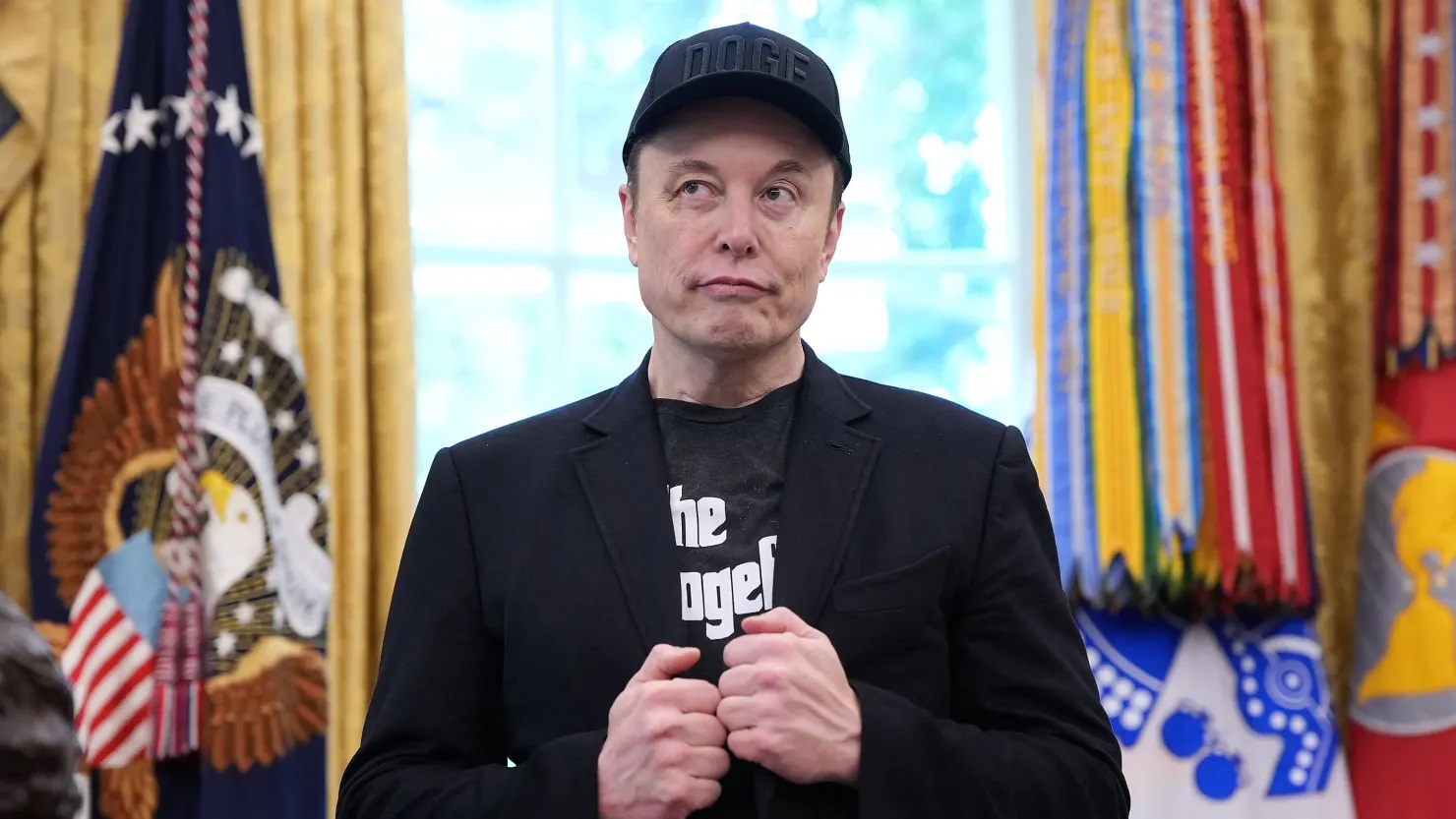Elon Musk Unveils Tesla’s AI5 Chip Ambition, Envisioning Excess Production

Tesla is hard at work on its next-generation AI chip, dubbed **AI5**, positioning itself to rival NVIDIA in high-performance chip development. The company aims to overshoot demand, emphasizing “excess production” to ensure capacity and strategic advantage.
Quick Insight: By planning for overcapacity, Tesla signals that it aims not just to keep up—but to lead in AI inferencing infrastructure as demand surges.
1. What We Know About AI5
• AI5 is designed as Tesla’s custom AI inference chip, intended to power internal systems and possibly broader AI workloads.
• Tesla is targeting not just sufficiency but headroom—producing more chips than immediately required to scale quickly.
• The move implies Tesla’s long-term strategy involves more than autonomy: this positions it as an AI infrastructure player.
2. Strategic Implications
• Tesla could begin competing directly with lead AI chipmakers in inferencing hardware.
• Excess capacity means they can absorb spikes in demand or supply chain constraints more smoothly.
• Vertical integration: Tesla controlling both hardware and software layers could give it performance and cost advantages.
• This direction could reshape how energy, data, and compute infrastructure are built in AI-centric industries.
3. Challenges & Risks
• Scaling production at the chip level requires enormous capital, fabrication, yield management, and thermal design.
• Competing with established chip firms like NVIDIA will require exceptional performance, reliability, and ecosystem support.
• Overproduction could lead to excess inventory risk if adoption lags.
• The ability to support software, libraries, optimization, and partner integration is just as important as raw compute.
Implications for Africa & Emerging Markets
• If Tesla offers the AI5 chip or its ecosystem to external buyers, African computational ecosystems could benefit from more affordable inference hardware.
• Labs and startups in edge AI (energy, agriculture, smart cities) might access local compute options rather than purely cloud solutions.
• African policy makers could anticipate shifts in AI infrastructure and encourage local chip research and fabrication capabilities.
• Tesla’s vertical model could influence how AI stack components (hardware, software, data) integrate in emerging markets.
